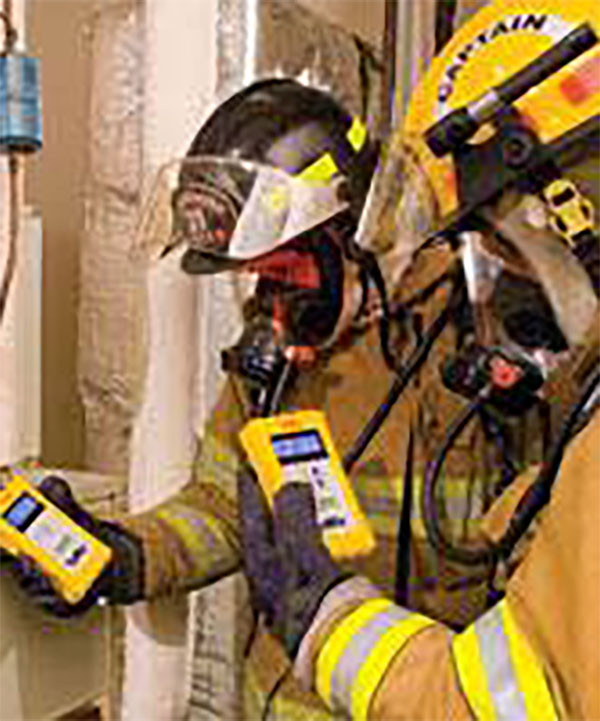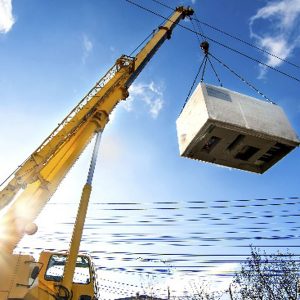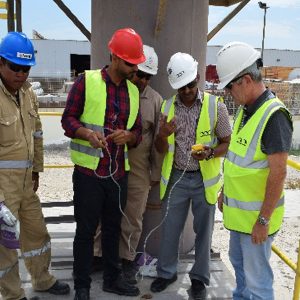Description
Overview
All petroleum industry jobsites are potential locations of the gas. To predict likely locations of H2S, you first need to be aware of the physical properties of the gas itself. What it is like and how it behaves provide general clues about potentially hazardous situations. This type of information can then be used to avoid exposure, injury and possible death.
Learning Outcomes
Upon completion of this course, the participants should be able to:
- Recognize Hydrogen Sulphide.
- Refer to Hydrogen Sulphide and characteristics for safe use.
- Work safely with Hydrogen Sulphide.
- Have a contingency plan in place while working with Hydrogen Sulphide.
- Use engineering controls while working with Hydrogen Sulphide.
- Use proper personal protective equipment when working with Hydrogen Sulphide.
- Detect Hydrogen Sulphide in the air.
- Follow safe work practices when working with Hydrogen Sulphide.
- Follow an emergency plan.
Target Audience
People who are required to test an atmosphere to ascertain if it is safe to enter and work in.
Course Outline
Day 1
- Program Introduction
- Current GAS & Dangerous gases legislation
- H2S properties and Seven Step Initial Response Strategy
- Respiratory Protective Equipment
- Detection of H2S & Gas Monitoring
- Rescue Techniques and Rescue Breathing
- Gas Detection and Respiratory Protective Equipment Overview
Day 2
- Gas detection Monitoring
- Using of BA, self-contained breathing apparatus (SCBA).
- CPR and Rescue Breathing
- Area risk assessment, Tank and Vessel
- Rescue And Emergency Services
- Course Conclusion
- Exam
Course Approvals






